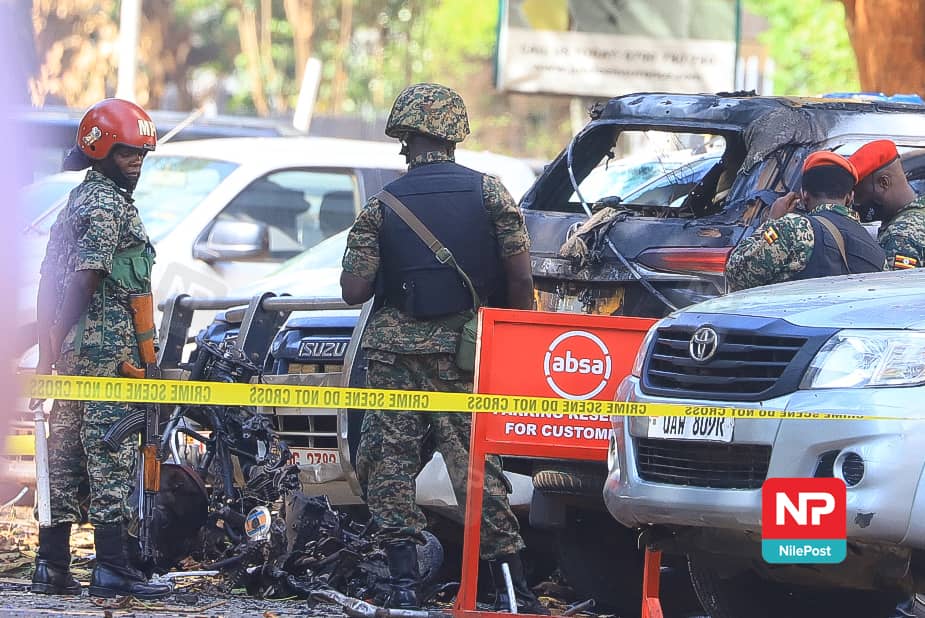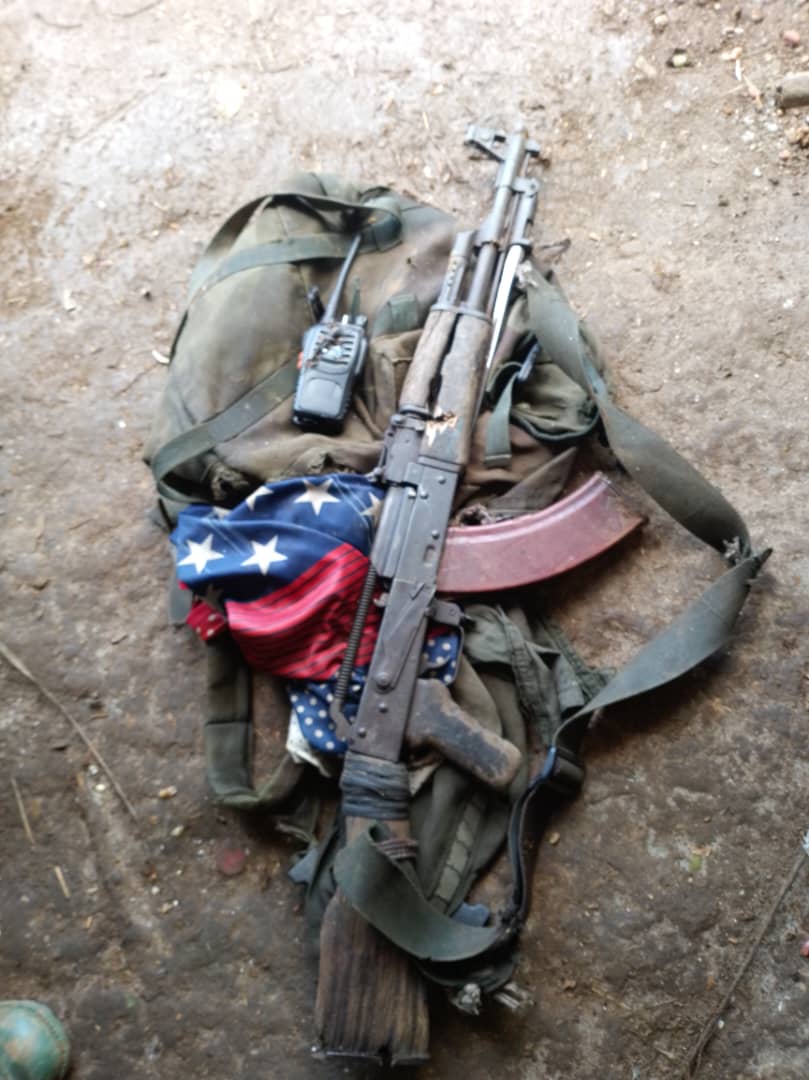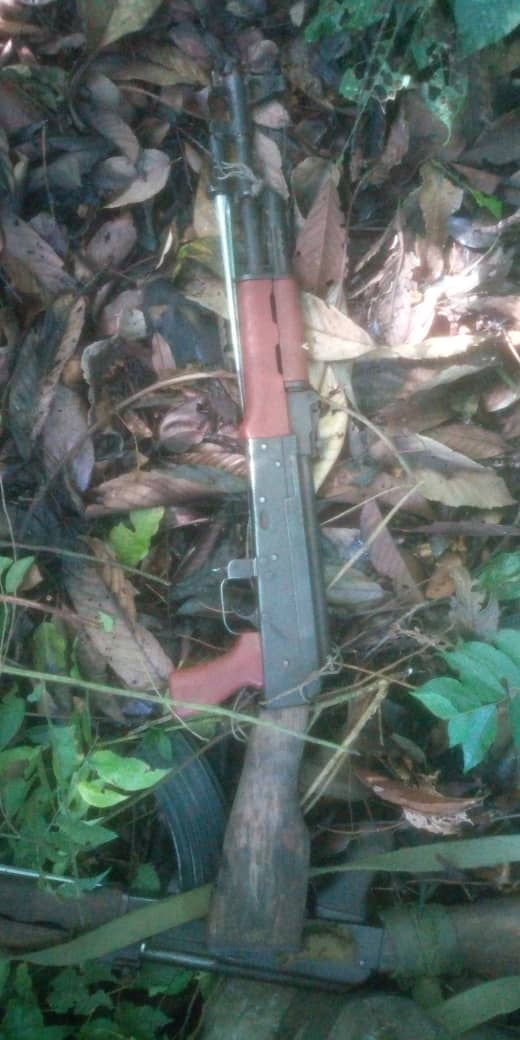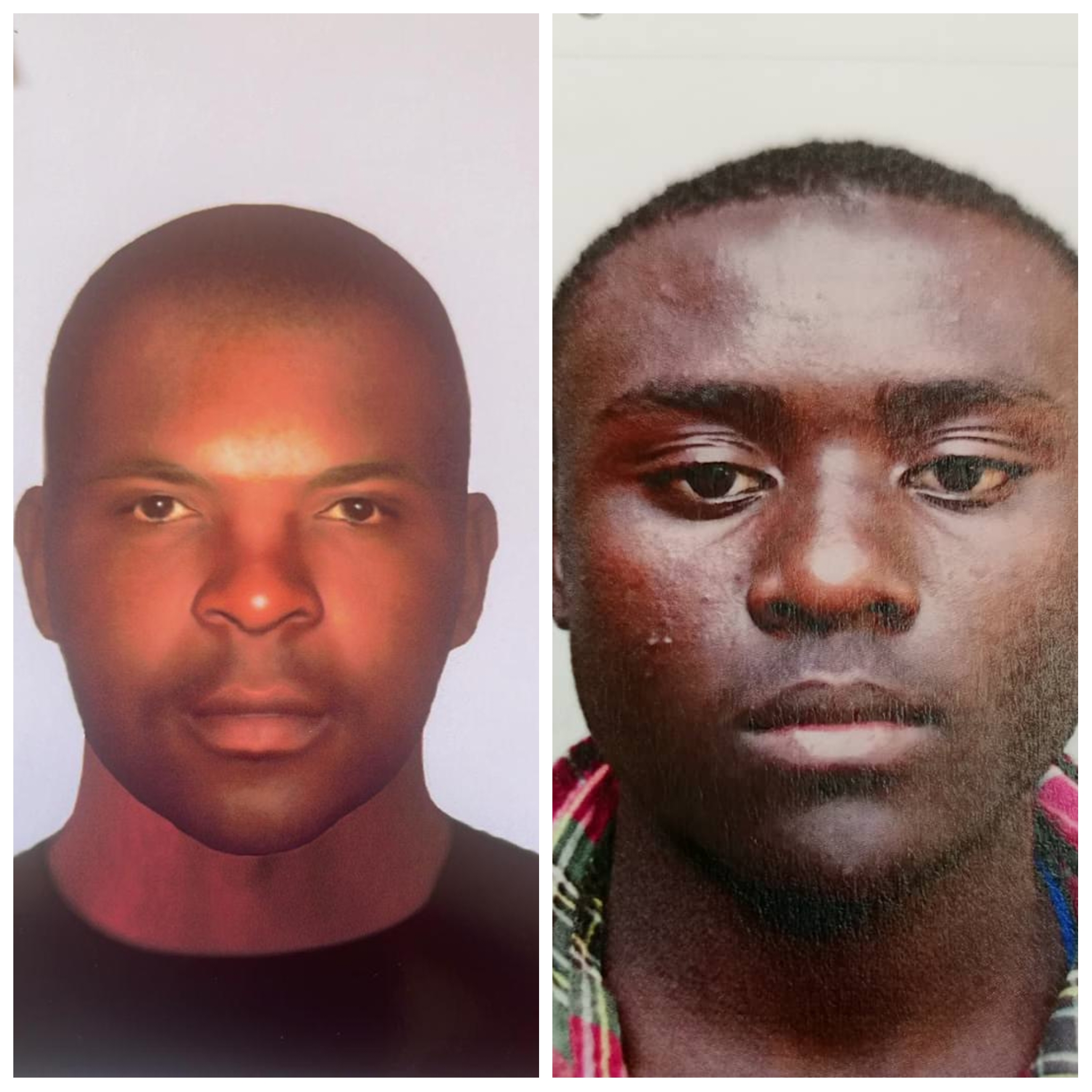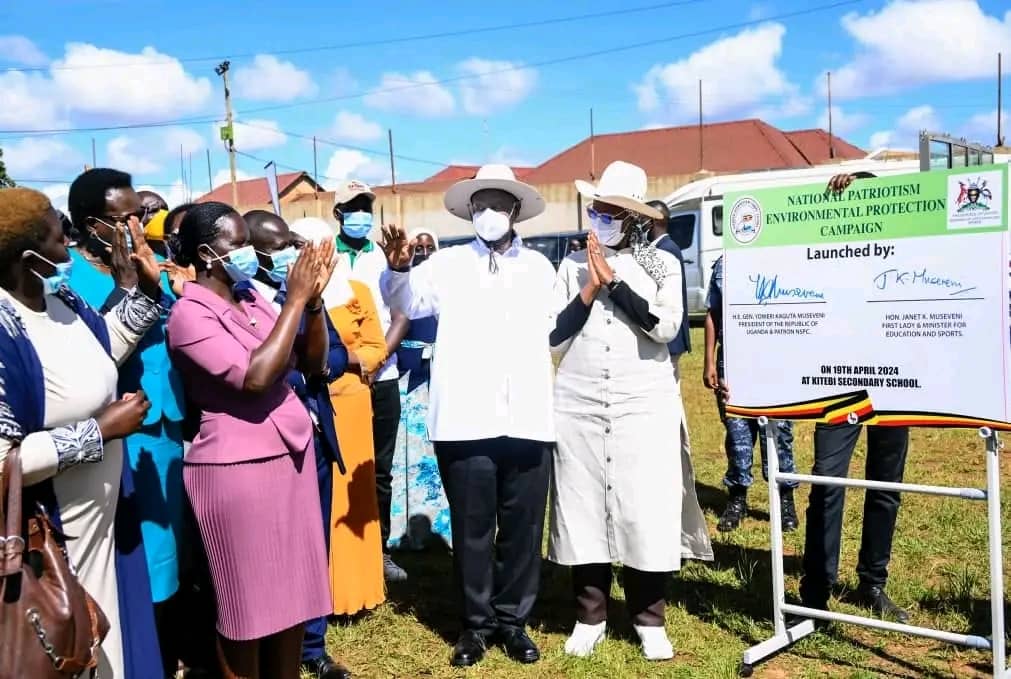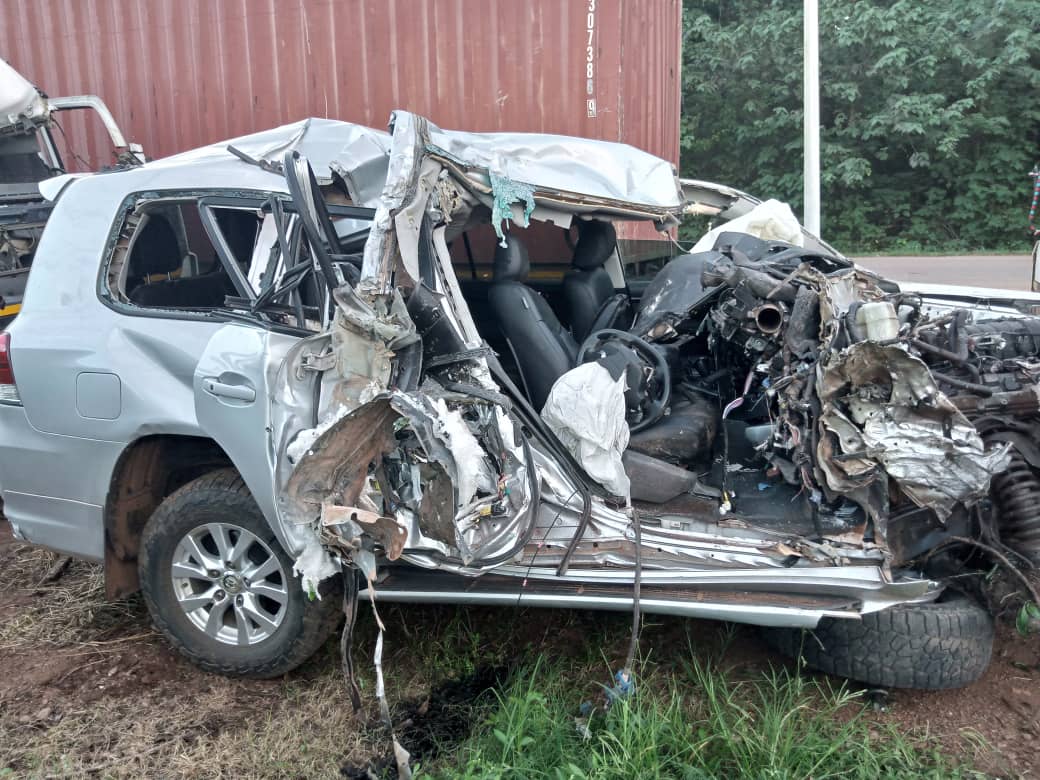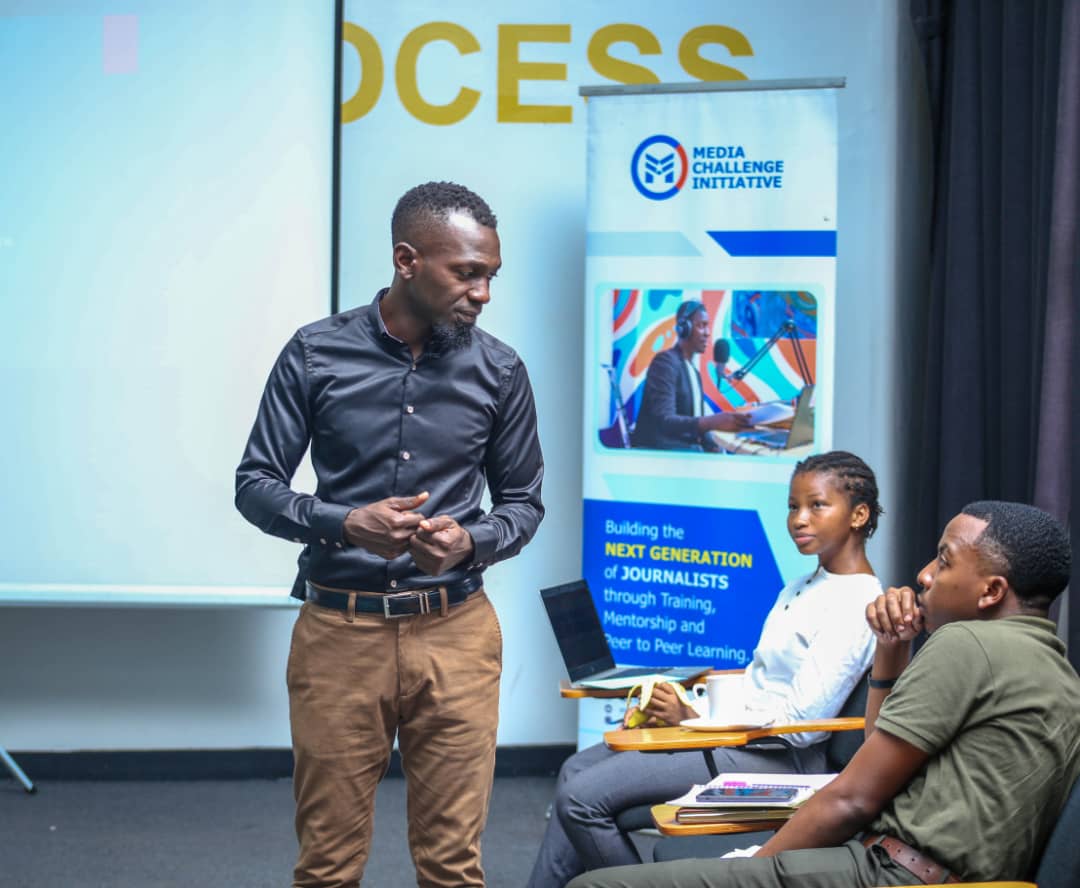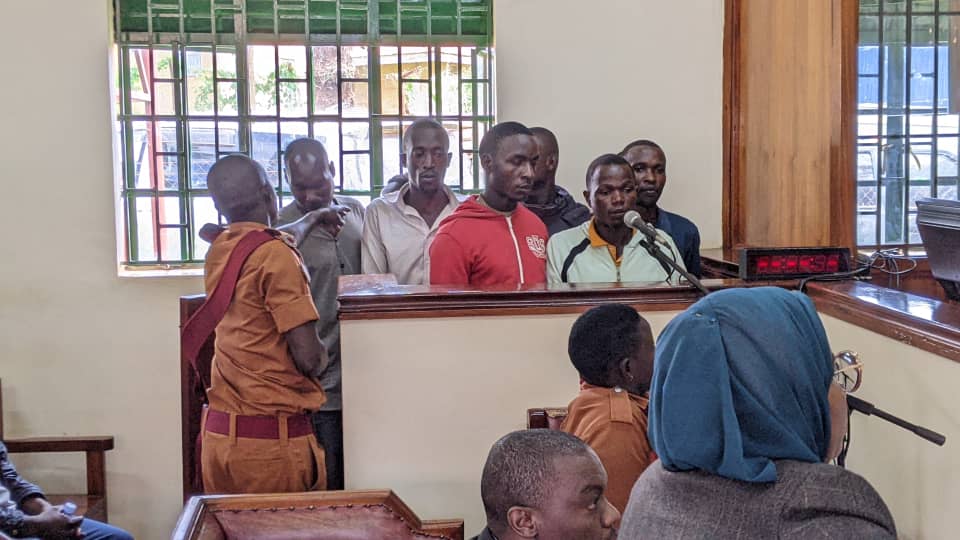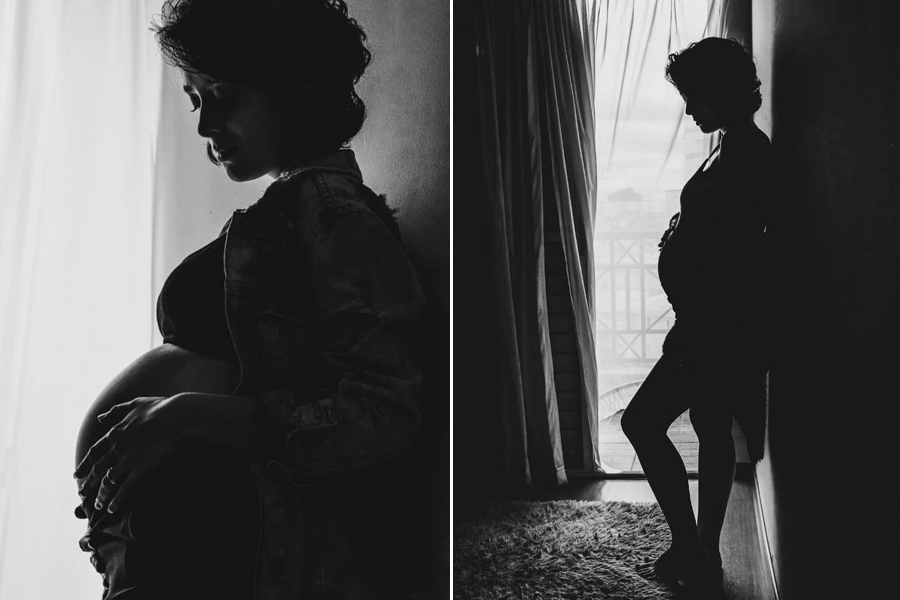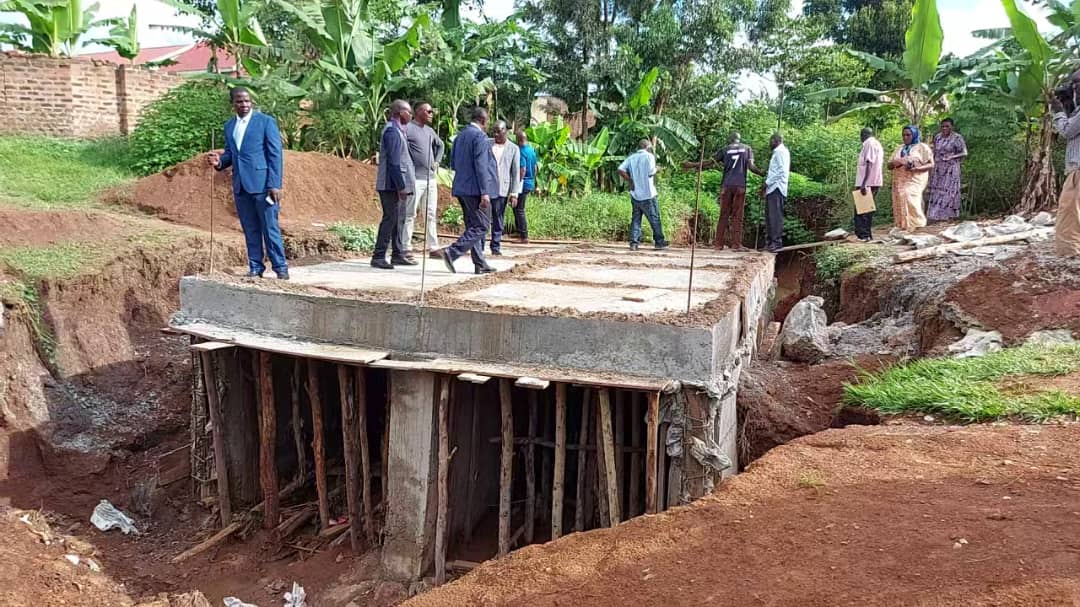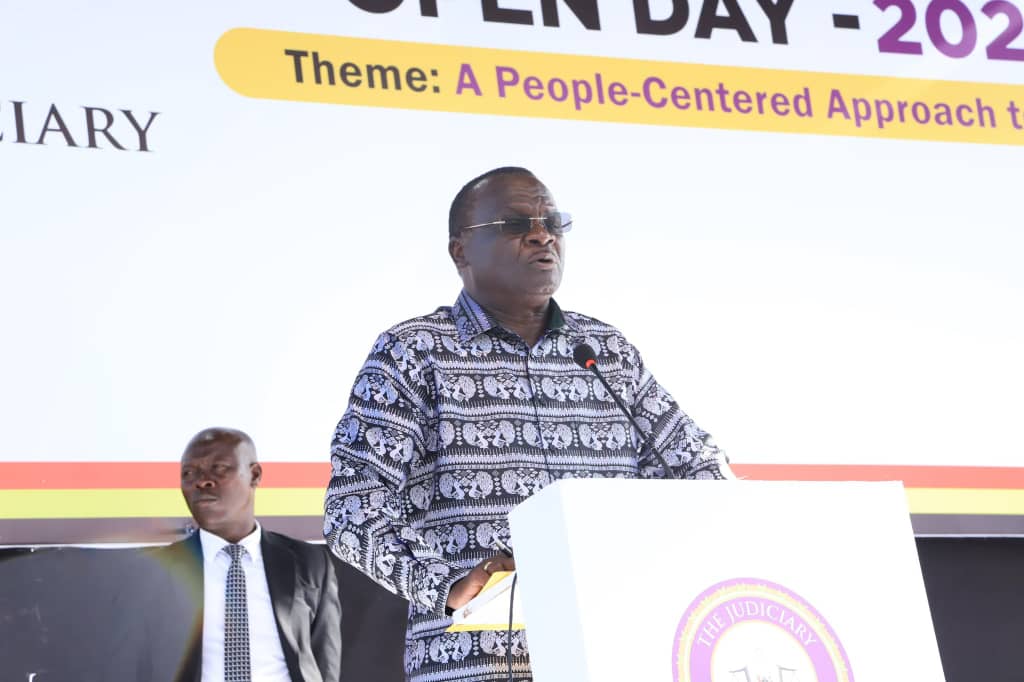ADF: The rise, fall, and rise again
The Allied Democratic Front is back in the news after two bomb blasts in Kampala last week that announced the return of a group President Yoweri Museveni had declared defeated and dead.
The attacks seem a continuation of targeted swipes at Uganda’s military establishment, so soon after two other separate bomb attacks; one at a restaurant in Komamboga, Kawempe said to be frequented by security professionals and another on a Swift bus along Masaka-Mbarara highway.
Keep Reading
The attacks are a reintroduction of a group that has tormented Uganda for nearly two decades. The group has since the 1990s been terrorizing the Great Lakes region by launching numerous attacks on different military camps and civilians both in Uganda and Democratic Republic of Congo (DRC).
The rise of ADF
The ADF started In 1990s, as a merger of several small rebel groups, including the Allied Democratic Movement, the National Army for the Liberation of Uganda (NALU), the Uganda Muslim Liberation Army, and militant members of the Tablighi Jamaat movement with the major figure being Jamil Mukulu, a Catholic turned Moslem.
The rebel group whose main goal was to create an Islamic state in Uganda, had been initially operating in Kampala, Iganga and Masaka, before relocating to western Uganda where it capitalised on political differences between the ethnic groups of Bakonjo and the government of Uganda.
The rural insurgencies in the Rwenzori region was a perfect platform for the rise of ADF as the group managed to recruit fighters who had opposed the government. These would later assist the rebel group in carrying out insurgency against Uganda and DRC.
https://nilepost.co.ug/2021/11/24/escapee-revelations-adf-is-dead-is-now-in-charge-and-their-attacks-just-beginning/
The 1998 second Congo war-break out that saw then Congolese President Laurent Kabila turned against by his former allies; Uganda’s Museveni and Rwanda’s Paul Kagame was also turning point for ADF’s rise as it gained more recruitment from the war affected country. The Congo conflict which involved over six groups including armed groups led by Timothy Rubanga and Bosco Ntanganda claimed lives of over 60,000 people, leaving many displaced.
Also the political differences between Museveni and then Sudanese President Omar Al-Bashir played a huge part in ADF’s activities.
It is alleged that Bashir had sided with ADF to fight Museveni whom he had accused of supporting Sudan People’s Liberation Movement (SPLM), a political wing that was fighting for independence from larger Sudan.
With recruitments gained from the Congo conflict and alleged logistical support from Sudanese government, the rebel group gained capabilities which helped it to carry out violent attacks on Uganda, with an aim of overthrowing president Yoweri Museveni.
One of ADF’s first renown attacks came in 1998 when the militant group raided Kichwamba Technical College, burning over 80 people to death while over 80 were abducted.
A year later, the group launched attacks on Kampala including the bombing on a bar and restaurant on Valentine’s day, killing four and wounding 35.
The group went on to carry out numerous attacks in western Uganda in districts of Kabalore, Bundibugyo, Kasese and Kamwene.
The downfall of ADF
Despite many attempts to weaken Museveni’s government especially in early 2000s, the UPDF army violently defeated ADF and consequently pushed the group out of Uganda, forcing it to pause operations. The group had since relocated to North Kivu in DRC, and gone out of the public eye for some years.
However, the group resurfaced in 2010 with fresh attacks and abductions on Congolese civilians in the north Kivu and Beni regions.
By April 2013, it was reported that ADF had started a recruitment campaign in Kampala and other parts of Uganda marking the return of the notorious group in the country.
For the few years that followed, the rebel group launched fresh attacks in Uganda with the government accusing them of majorly targeting Muslim clerics and government officials including the assassination of government prosecutor Joan Kagezi, in March 2015.
A month later after the assassination of Kagezi, ADF leader Mukulu was arrested in Tanzania and later handed over to Ugandan authorities for committing crimes against humanity.
Change of strategy
Mukulu’s arrest, however, has not slowed down ADF from its activities as the group’s new leader Musa Baluku has gone on to administer frequent attacks that have left many dead while others abducted.
https://nilepost.co.ug/2021/11/17/seka-baluku-the-adf-leader-mastermind-of-the-double-explosions-in-kampala/
With alleged allegiance with global terrorist group ISIS, ADF under its commander Baluku, continues to destabilize Uganda and DRC with terrorist attacks and abductions.
Matter of fact, data from UN's refugee agency, the UNHCR, shows that the ADF has killed about 200 civilians and displaced nearly 40,000 others in Congo’s Beni since January 2021.


